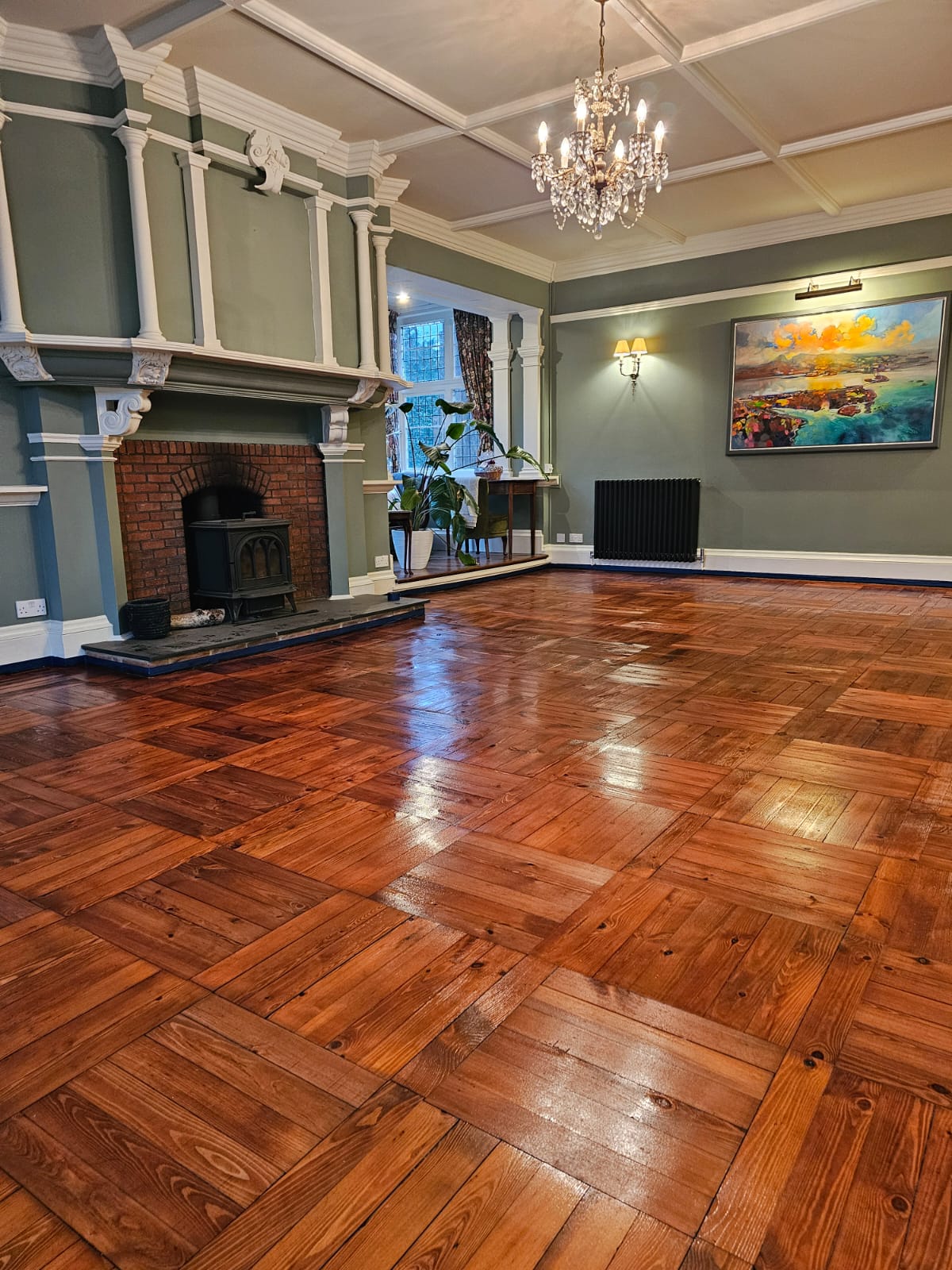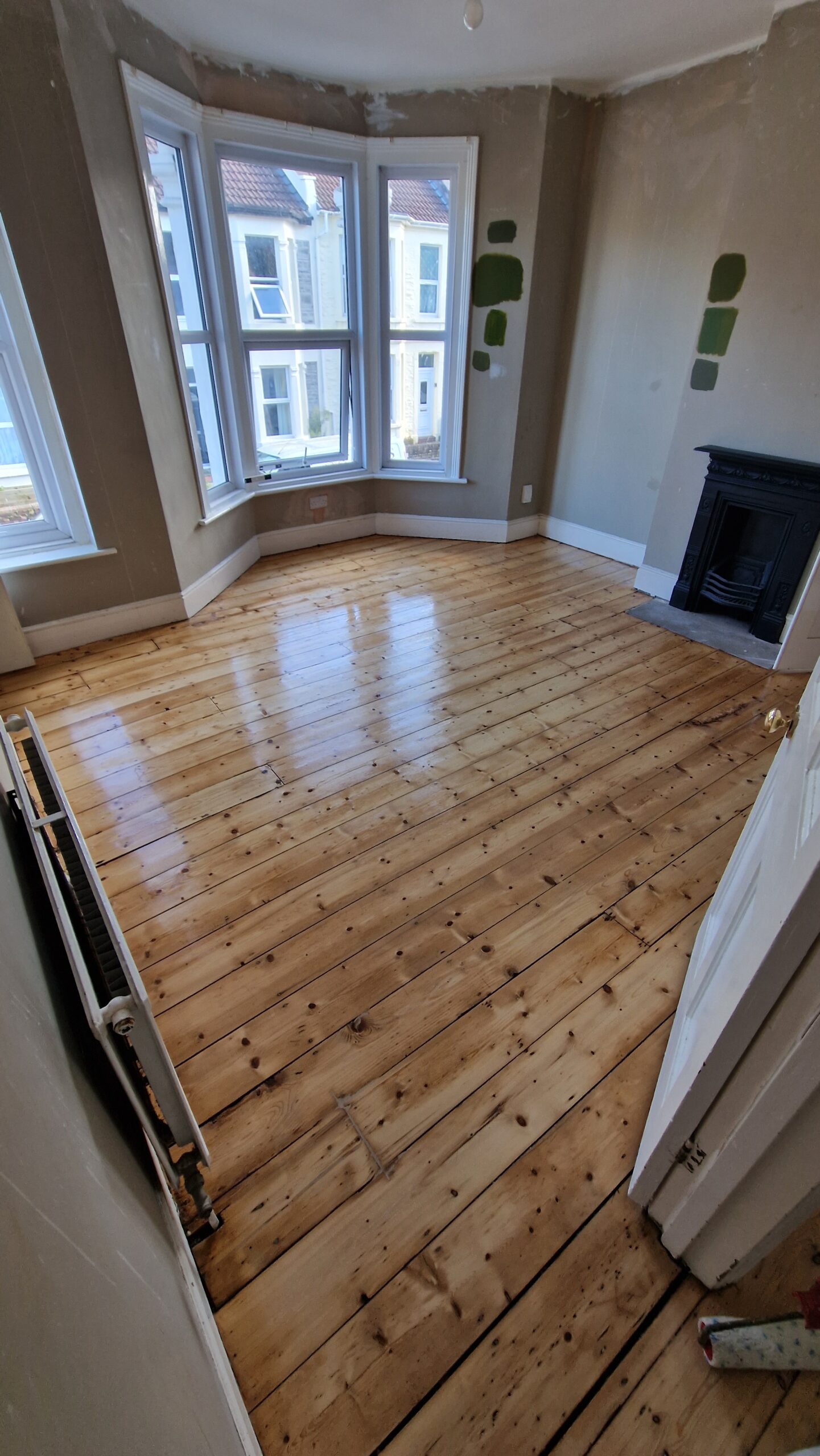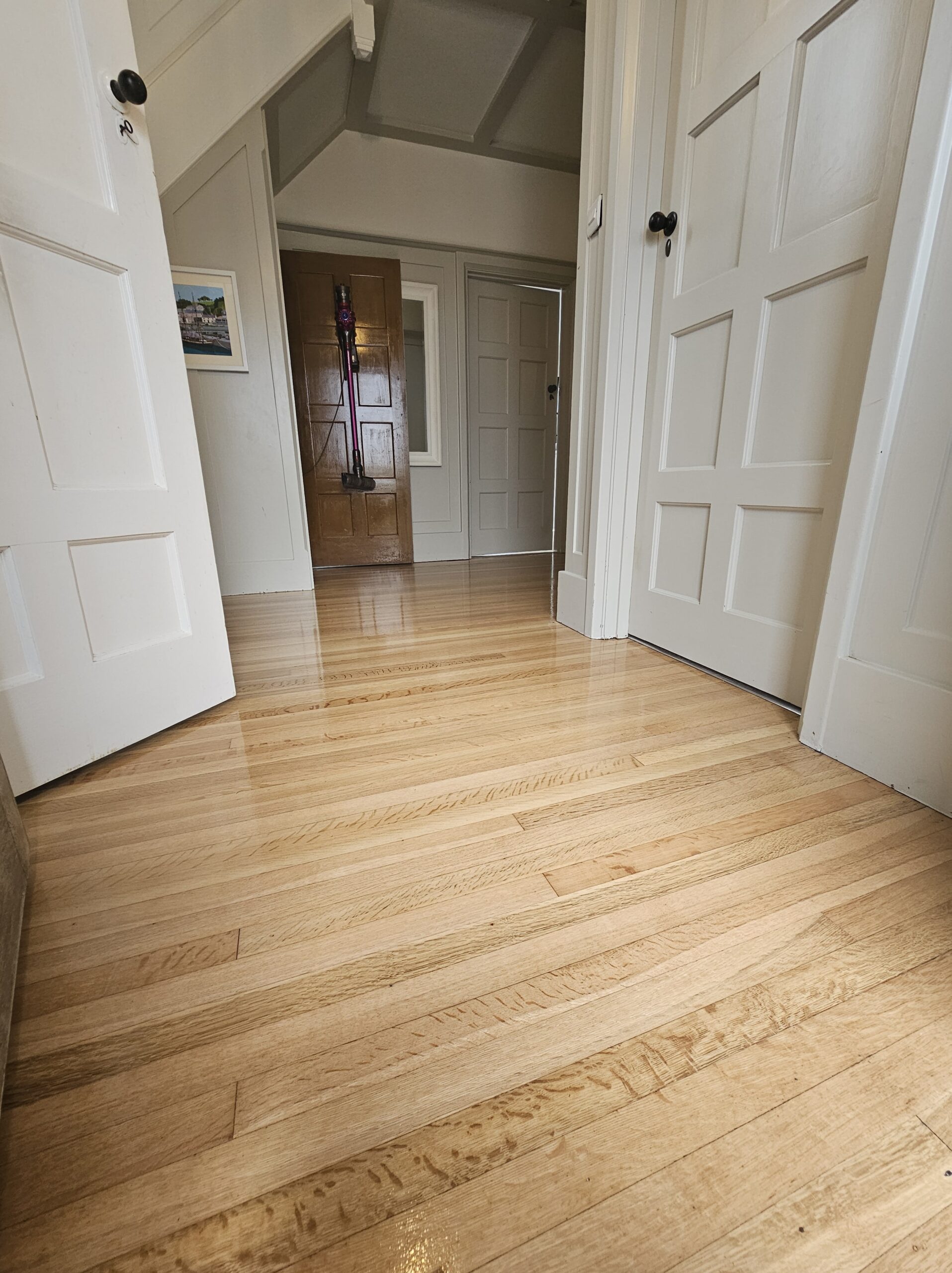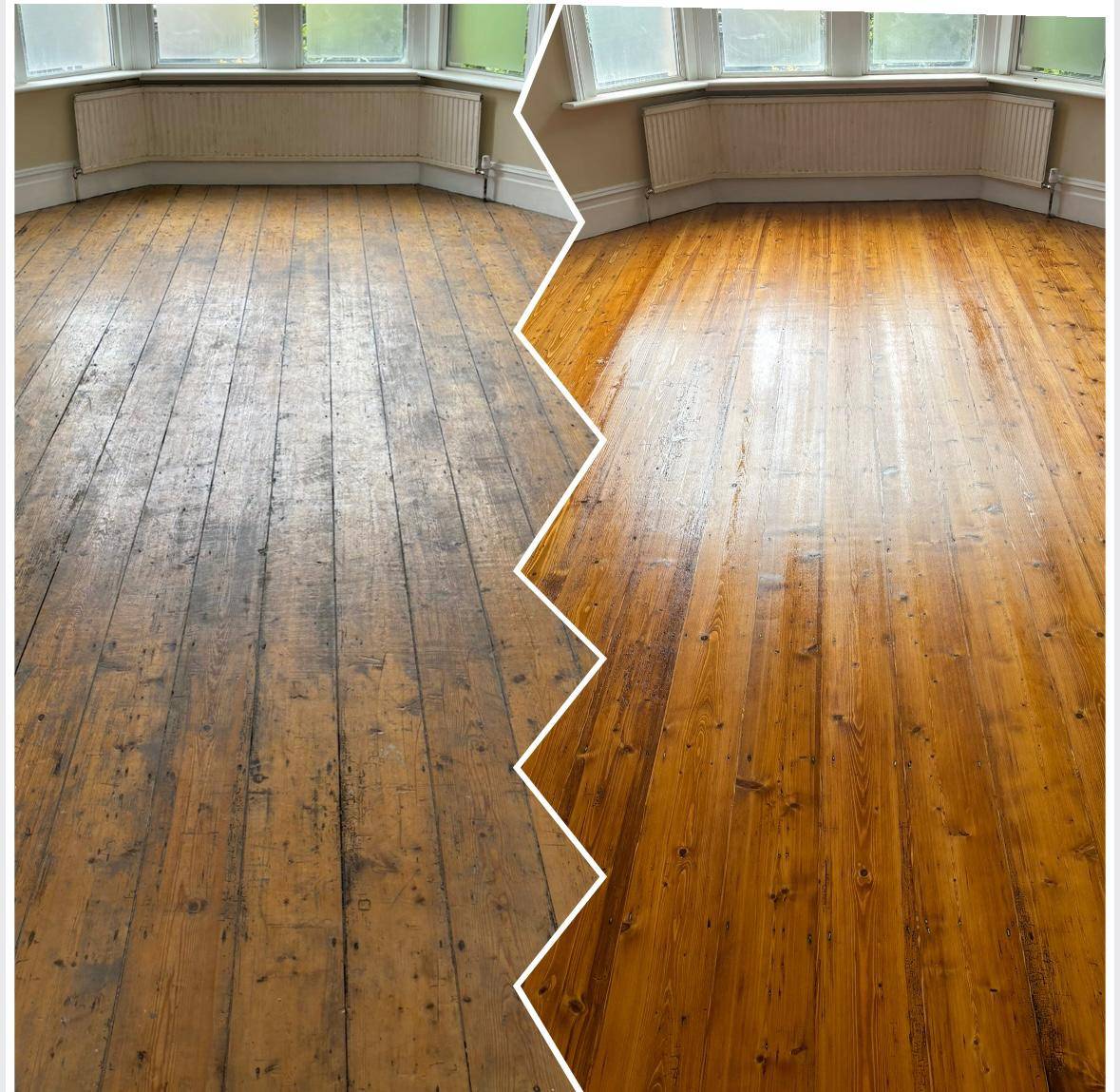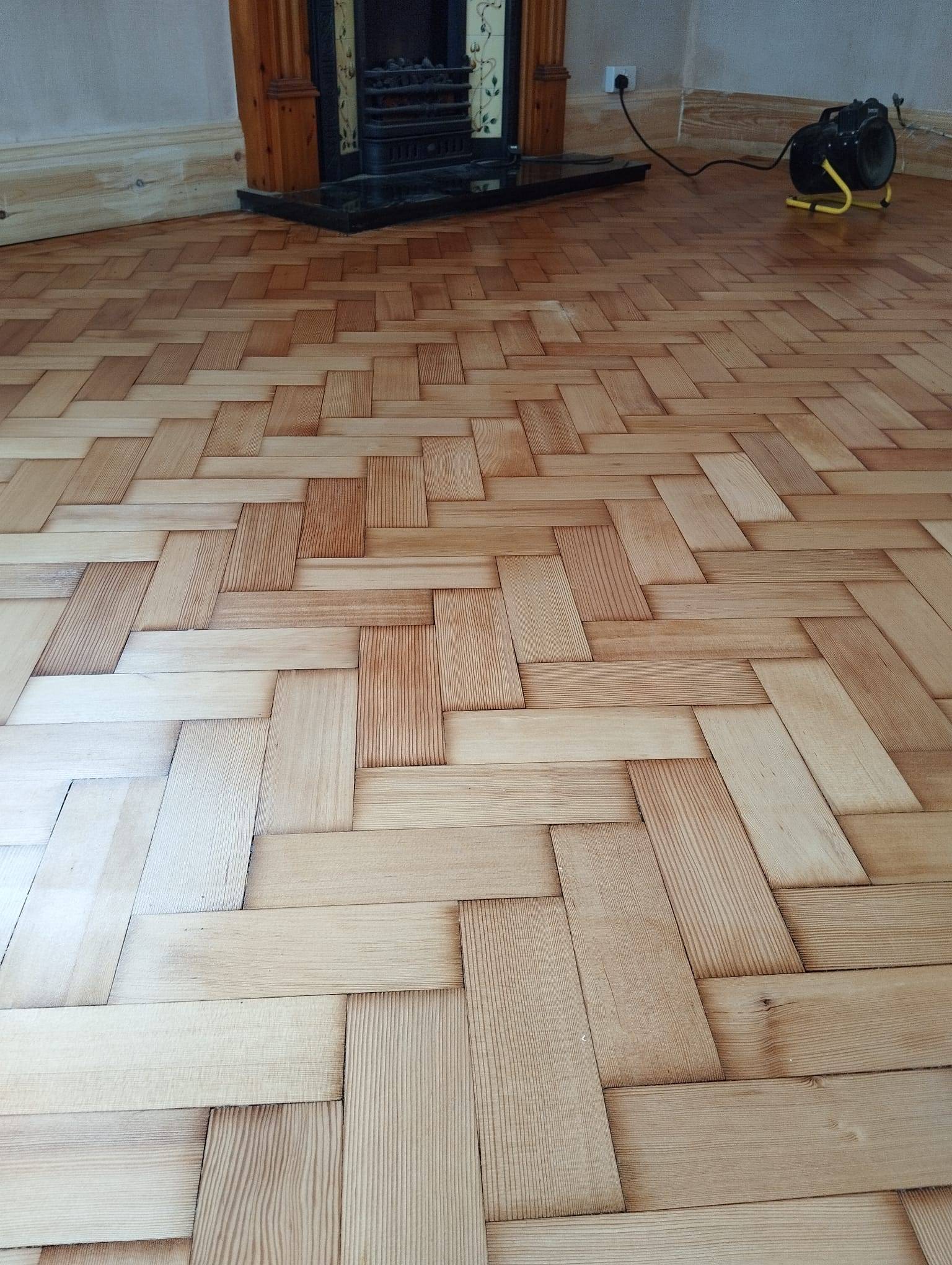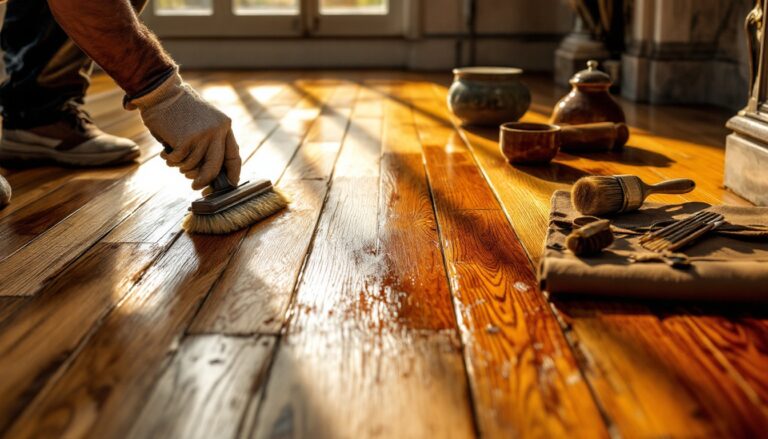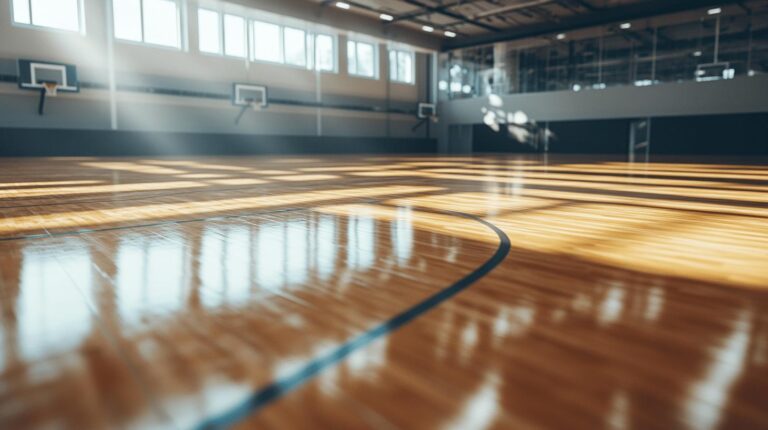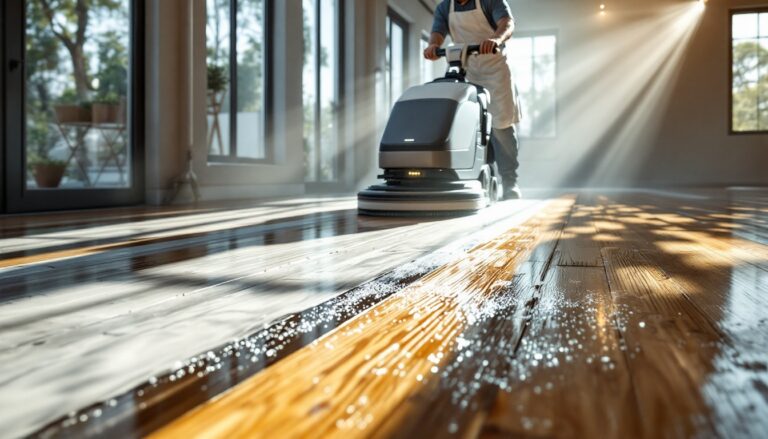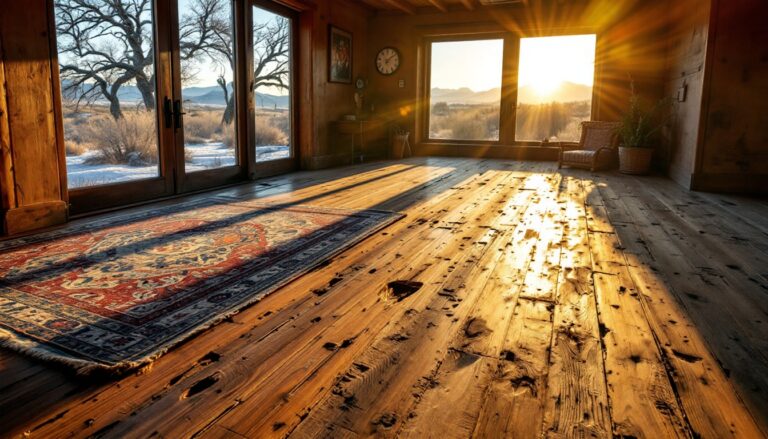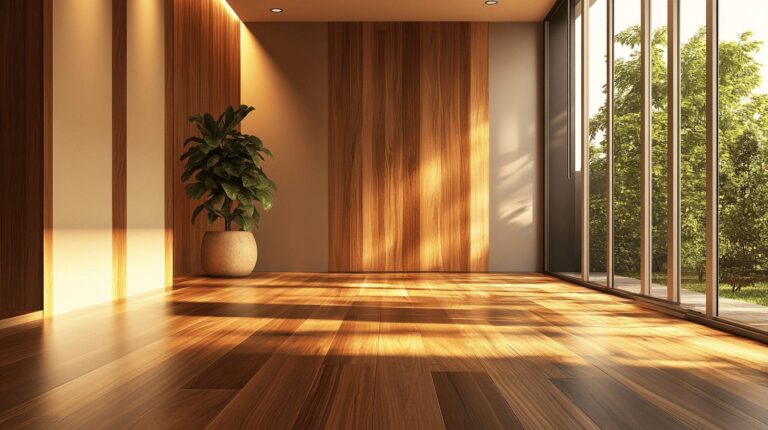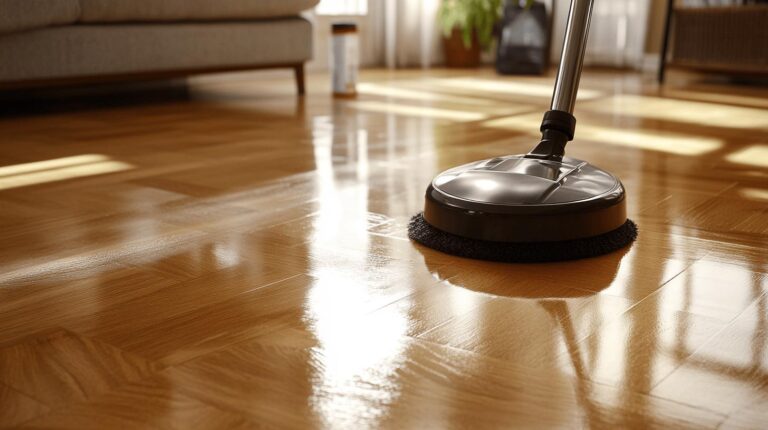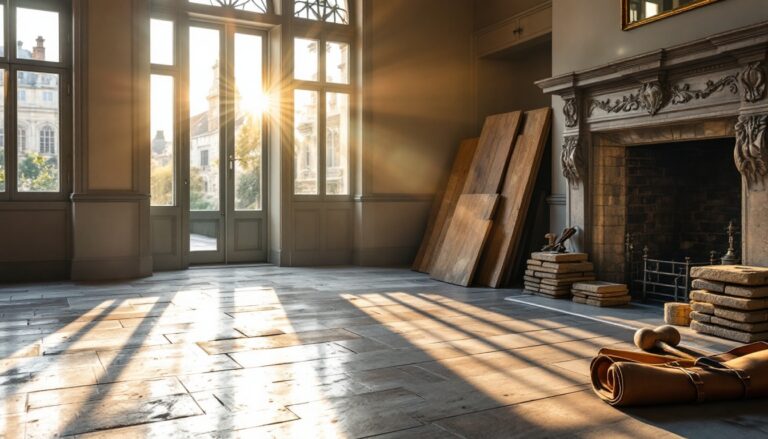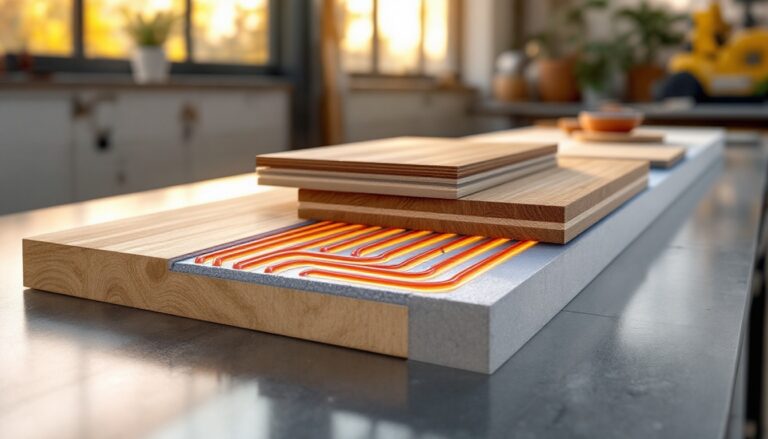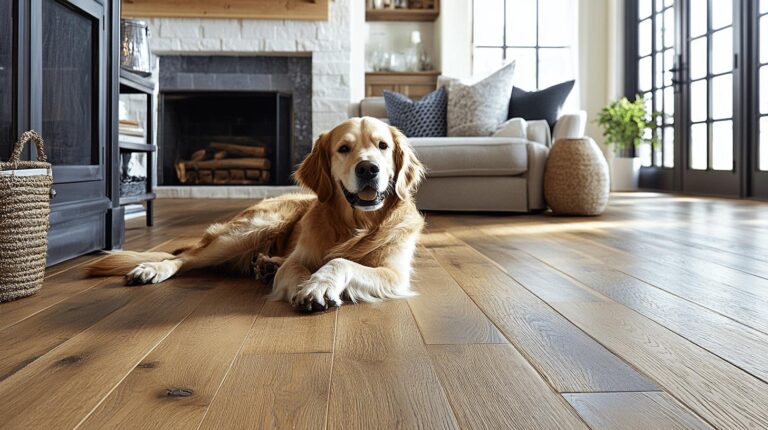Imagine trying to enjoy a fine dining experience, only to be distracted by the jarring noise and dust of ongoing floor renovations. It’s a scenario no restaurant owner wants to subject their patrons to, yet many face the daunting task of restoring their worn-out floors. So, how can you transform your restaurant’s flooring with minimal disruption? This article explores seamless business hour solutions designed to keep your restaurant running smoothly while enhancing both aesthetics and safety. Discover innovative strategies to maintain customer experience and preserve the charm of your establishment during essential floor restoration.
Understanding the Need for Restaurant Floor Restoration
Restaurant floors are subject to extreme wear and tear due to constant foot traffic, rearrangement of furniture, and inevitable spills. These stressors lead to deterioration, which can manifest as scratches, stains, and dullness, compromising the floor’s appearance and functionality. The heavy use inherent in restaurant environments demands a robust solution to maintain the flooring’s integrity, as neglected floors can become safety hazards, affecting both staff and customers. Without regular attention, the aesthetic appeal of the dining space can suffer, impacting the overall dining experience.
Restoration plays a crucial role in revitalising restaurant floors by addressing these issues effectively. By removing the worn and damaged surface layers, the process reveals fresh wood, ready to receive a new protective coating. This not only restores the floor’s original shine but also fortifies it against future wear and tear. The benefits of floor restoration extend beyond aesthetics, enhancing safety by ensuring that surfaces remain even and slip-resistant. For restaurants, maintaining a pristine and safe environment is paramount to customer satisfaction and operational efficiency.
Restaurant Floor Restoration: Seamless Business Hour Solutions
Strategic scheduling is essential for restaurant floor restoration, ensuring that operations continue smoothly despite ongoing renovations. By effectively planning and coordinating restoration work, restaurants can minimise disruption and avoid significant downtime. One approach, as employed by Black Bear Coatings & Concrete, is to schedule tasks during off-business hours. However, when this is not feasible, careful timing and coordination are critical. Strategic scheduling considers the restaurant’s peak and off-peak hours, allowing work to be carried out during less busy times, thus maintaining business continuity and customer satisfaction.
- Assess peak hours: Identify the busiest times to avoid scheduling restoration work during these periods.
- Coordinate with staff: Ensure all staff are aware of the schedule to manage customer expectations effectively.
- Plan in phases: Break the restoration into manageable sections to minimise disruption.
- Use quick-drying materials: Choose materials that dry quickly to reduce the time the floor is out of use.
- Communicate with customers: Inform patrons about the ongoing work and any temporary changes to service.
Adjusting workflows to accommodate restoration work requires flexibility and foresight. During restoration, consider reallocating space or resources to maintain service levels. Restaurants may need to temporarily alter seating arrangements or adjust service offerings to ensure a seamless customer experience. Staff should be briefed on any temporary changes, ensuring operations remain efficient. By adopting these strategies, restaurants can effectively manage restoration work during business hours without compromising on customer service or operational efficiency.
Choosing the Right Materials and Techniques
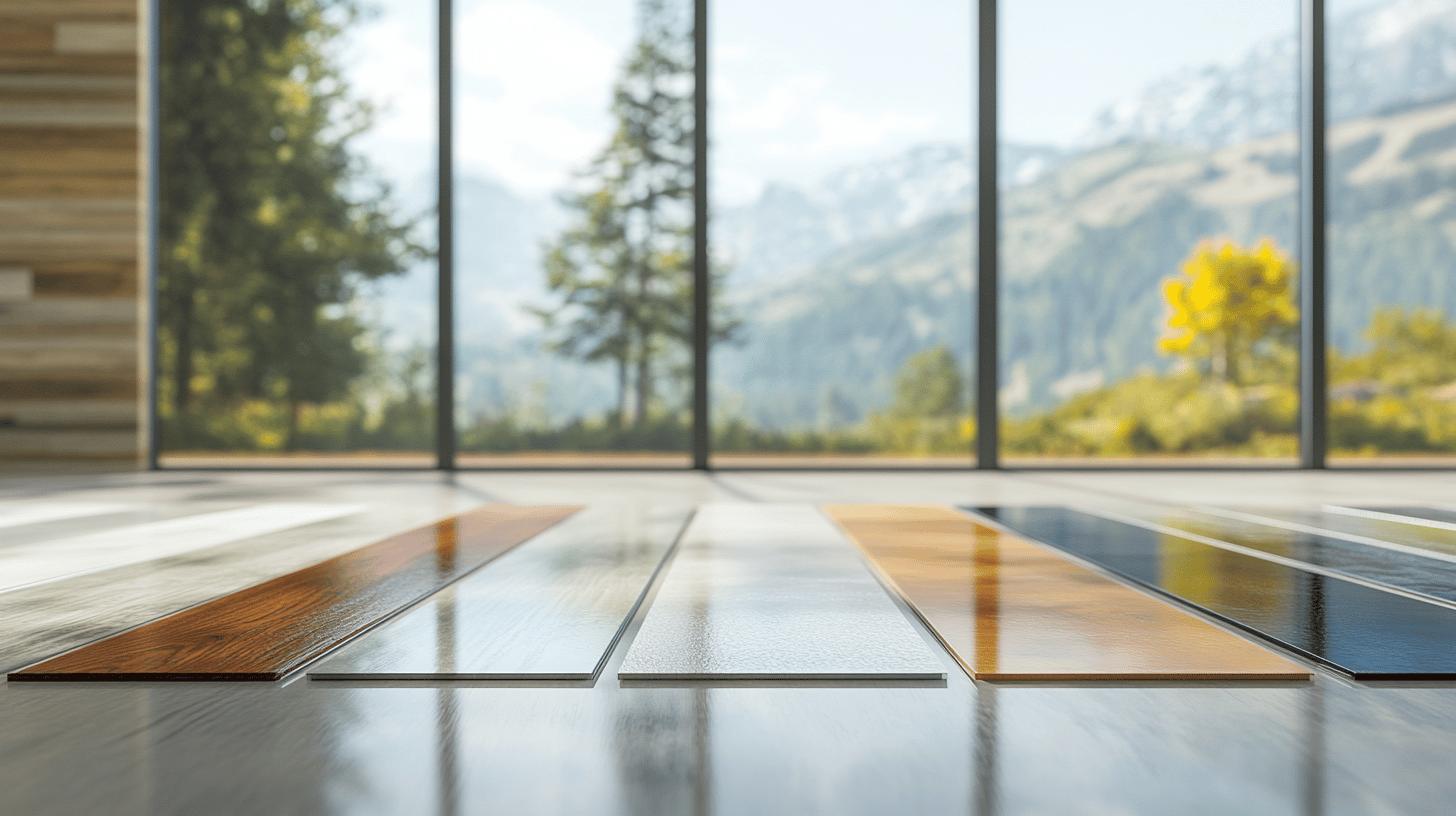
Selecting the appropriate materials and techniques for restaurant floor restoration is vital to ensure minimal disruption to business operations. Durability and quick-drying properties are key factors that influence the choice of flooring solutions. Non-disruptive flooring solutions like epoxy coatings, self-levelling epoxy, and high-performance urethane offer the resilience and rapid curing needed for busy restaurant environments. These materials provide robust protection against wear and tear while allowing operations to resume with minimal delay.
Epoxy Floor Coatings
Epoxy floor coatings are renowned for their durability and ease of maintenance, making them an excellent choice for high-traffic restaurant areas. Their robust nature allows them to withstand heavy footfall and frequent cleaning, extending the life of the floor. However, while epoxy coatings are highly resistant to damage, their application can require careful preparation to ensure optimal adherence. This preparation might involve more time initially, but the long-term benefits are substantial in terms of reduced maintenance and enhanced durability.
Self-Leveling Epoxy
Self-leveling epoxy offers the advantage of a smooth, seamless finish that is aesthetically pleasing and practical. The quick installation process means that downtime is significantly reduced, allowing restaurants to resume normal operations swiftly. This type of epoxy is particularly beneficial for uneven surfaces, as it automatically levels to create a uniform layer. However, it is essential to ensure the underlying surface is suitably prepared to prevent any imperfections from affecting the final finish.
High-Performance Urethane
High-performance urethane is ideal for environments prone to spills and heavy foot traffic. Its chemical resistance offers protection against spills, while its flexibility helps absorb impacts, reducing the risk of cracks and damage. Urethane’s ability to cope with temperature fluctuations and moisture makes it a reliable choice for restaurant kitchens and dining areas. Despite its slightly higher cost compared to epoxy solutions, the added resilience and longevity often justify the investment.
Minimizing Noise and Dust During Restoration
Reducing environmental disturbances during restaurant floor restoration is crucial to maintaining a comfortable and safe dining experience. Noise and dust are the primary concerns, as they can disrupt both customer enjoyment and the operational flow. Implementing effective noise reduction methods and dust control strategies is essential to ensure that restoration work is barely noticeable to patrons. The use of specialised equipment, such as HEPA-filtered machinery, significantly reduces airborne dust particles, preventing them from spreading throughout the dining area. Meanwhile, sound-dampening materials and techniques play a vital role in curbing noise levels and maintaining a serene atmosphere that is expected by customers during their dining experience.
- Use HEPA filters: These filters effectively capture dust particles, keeping the air clean and reducing contamination.
- Install temporary barriers: Tarps and barriers can confine dust and sound to the work area, minimising spread.
- Utilise sound-dampening materials: Foam panels and other materials can absorb sound, reducing noise pollution.
- Schedule noisy tasks carefully: Plan noisier activities during off-peak hours to lessen their impact on customers.
Adopting these strategies not only enhances customer satisfaction but also aligns with health and safety standards, crucial in the hospitality industry. By controlling dust, restaurants mitigate health risks associated with airborne particles, protecting both customers and staff. Moreover, by managing noise levels, restaurants foster an environment that respects the dining experience, ensuring that patrons can enjoy their meals undisturbed. These measures demonstrate a commitment to quality service, reassuring guests that their comfort and safety are prioritised even during necessary maintenance work.
Collaborating with Professional Restoration Services
Employing professional restoration services is crucial for ensuring the highest quality of floor restoration in restaurant settings. Experienced contractors bring specialised equipment and techniques tailored to address the unique challenges of high-traffic environments. This expertise not only ensures that the restoration process is efficient and effective but also minimises business disruption. Professionals like Ryans Restoration, known for their bespoke solutions, can adapt their methods to suit the specific needs of different types of wood flooring, resulting in a superior finish that enhances both the safety and aesthetics of the restaurant.
Assessing the reliability of a contractor is vital before committing to a restoration project. Begin by reviewing their past projects to gauge the quality and consistency of their work. Client reviews and testimonials can provide insight into the satisfaction levels of previous customers, highlighting the contractor’s strengths and areas of expertise. For instance, Ryans Restoration is highly recommended due to their successful case studies in various locations such as Bristol and Devon, demonstrating their capability to deliver outstanding results. By choosing a reputable contractor, restaurant owners can ensure that their floor restoration is completed to the highest standards, safeguarding both customer satisfaction and operational integrity.
Cost-Effective Strategies for Floor Restoration
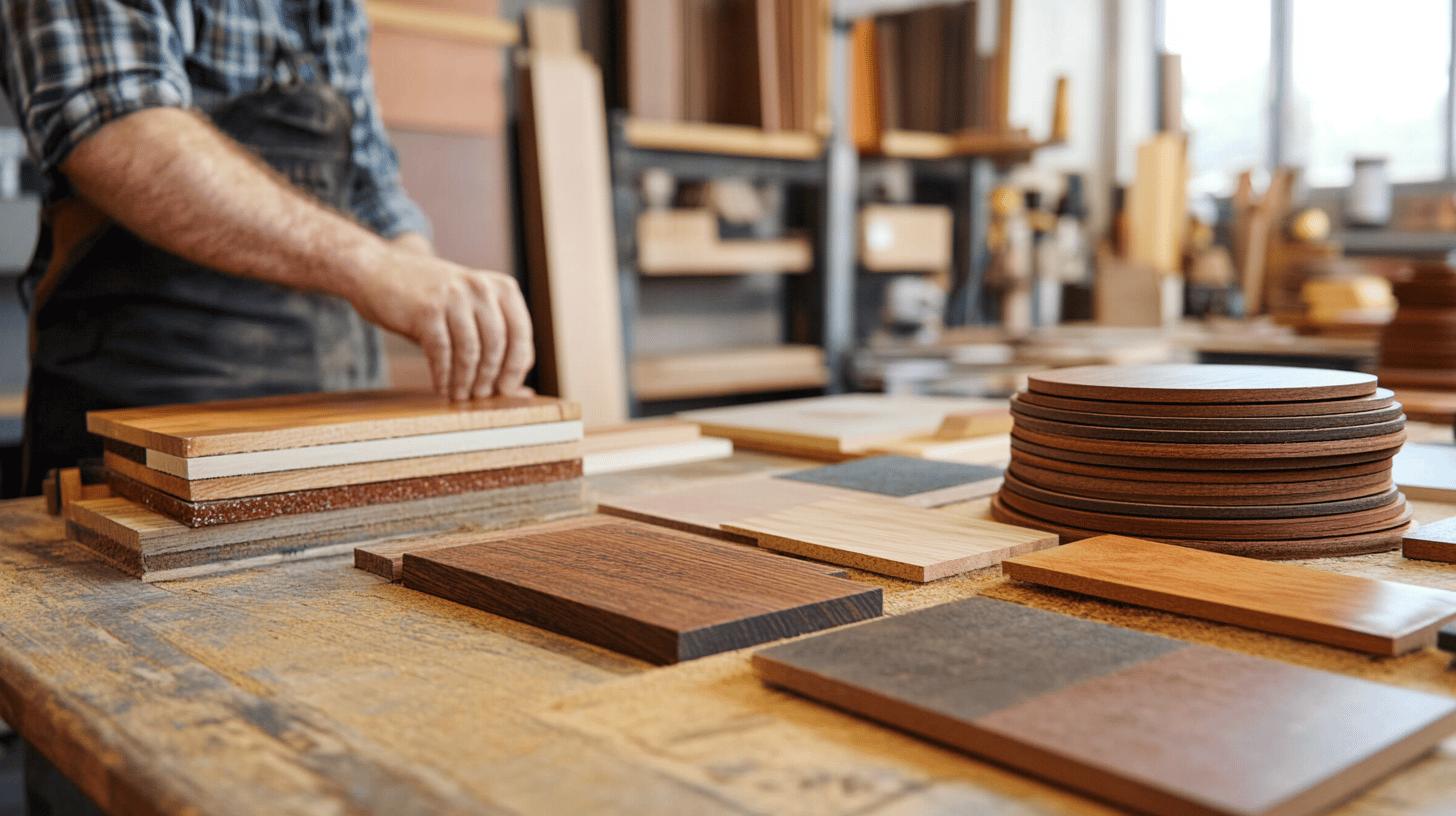
Investing in quality materials is a fundamental strategy for achieving cost-effective floor restoration. What is the primary benefit of investing in high-quality materials initially? The answer is long-term savings. By choosing durable and robust flooring options, restaurant owners can significantly reduce the frequency of repairs and replacements. This not only minimises immediate expenses but also ensures that the flooring maintains its aesthetic and functional qualities over time. High-quality materials often provide enhanced resistance to wear and tear, which is particularly advantageous in high-traffic restaurant environments where floors are subject to constant footfall and potential damage from furniture movement and spills.
- Prioritise high-traffic areas: Focus resources on areas with the most wear and tear to ensure longevity.
- Plan phased restorations: Stagger the work to minimise disruption and spread costs over time.
- Assess material longevity: Choose materials based on their lifespan to ensure cost-effectiveness.
Regular maintenance plays a crucial role in preserving the quality of restaurant floors and reducing long-term expenses. How does maintenance contribute to cost savings? By preventing minor issues from escalating into major repairs, consistent maintenance helps maintain the floor’s condition. Regular cleaning and inspections can identify potential problems early, allowing for timely interventions that are less costly than full-scale restorations. Additionally, maintaining a clean and well-kept floor enhances the dining environment, contributing to a positive customer experience. Therefore, integrating a routine maintenance schedule is a prudent approach to safeguarding the investment in floor restoration efforts.
Maintaining Customer Experience and Safety
Maintaining a positive customer experience during floor restoration is essential for restaurant success. Clear communication about ongoing work helps manage customer expectations, ensuring that patrons are informed about any temporary changes or adjustments in service. What is the primary method to maintain customer satisfaction during this process? Transparent communication. Informing customers about restoration schedules and potential impacts on their dining experience mitigates misunderstandings and fosters goodwill. This proactive approach demonstrates the restaurant’s commitment to customer care and service quality, even amidst operational changes.
- Set up temporary signage to guide customers safely around work areas.
- Conduct regular safety checks to identify and mitigate potential hazards.
- Ensure clear pathways and exits remain accessible at all times.
- Provide staff training on handling customer inquiries related to the restoration.
- Use barriers to separate work zones from dining areas and minimise disruption.
Keeping the restaurant clean and organised during restoration not only prevents accidents but also enhances customer perception. Why is cleanliness crucial during restoration? It ensures safety and maintains the restaurant’s reputation for quality. Regular cleaning and maintenance prevent dust and debris from accumulating, which could otherwise pose health risks or create an unwelcoming environment. An orderly setup reassures customers that their dining experience remains a priority, reinforcing trust in the restaurant’s dedication to both safety and satisfaction.
Final Words
In the action of restoring restaurant floors, business owners face the challenge of balancing aesthetics, safety, and customer satisfaction. The necessity of restaurant floor restoration is clear, as it enhances both appearance and safety amid high traffic and environmental stressors. To ensure minimal disruption, strategic scheduling during business hours, combined with non-disruptive materials, plays a vital role in maintaining operational continuity.
Reducing noise and dust is crucial to upholding an inviting atmosphere. Collaborating with professional restoration services ensures access to expertise and reliability. Additionally, cost-effective strategies focus on long-term durability and quality investment.
Ultimately, effective restaurant floor restoration minimises disruption during business hours and guarantees a positive customer experience and environment.
Restore your restaurant floors with minimal downtime – Contact Ryans Restoration for a consultation!
FAQ
Q: How can restaurant floor restoration be done while minimising disruption during business hours?
Effective planning can minimise disruption during business hours. Scheduling work during off-peak hours, coordinating with staff, and adjusting workflows can maintain business continuity during floor restoration.
Q: How much does it cost to restore a restaurant floor in London?
The cost of restaurant floor restoration in London varies based on factors like materials, area size, and contractors. For an accurate estimate, consult local restoration professionals.
Q: Why is it necessary to restore restaurant floors?
Restaurant floors endure wear from foot traffic, furniture, and spills, necessitating restoration to maintain aesthetics and safety. The process removes damaged layers and applies protective coatings, improving appearance and durability.
Q: What are some non-disruptive flooring solutions for restaurants?
Non-disruptive flooring solutions include quick-drying materials like epoxy coatings, self-levelling epoxy, and high-performance urethane. These options offer durability and minimise business downtime during installation.
Q: How can noise and dust be minimised during floor restoration?
Noise and dust can be minimised by using HEPA filtered equipment and sound-dampening measures. These strategies help maintain a pleasant environment, enhancing customer experience and meeting safety standards.
Q: What should be considered when choosing professional restoration services for restaurant floors?
When choosing professional services, consider their experience, equipment, past projects, and client reviews. Ryans Restoration offers specialised expertise and customised solutions for restaurant floor restoration.
Q: What strategies ensure cost-effective floor restoration?
Investing in quality materials and planning strategically ensures cost-effectiveness. Prioritising high-traffic areas and phased restoration help manage costs while preserving floor quality.
Q: How can customer experience and safety be maintained during restoration?
Maintaining a positive customer experience requires communication about ongoing work and proactive safety measures like temporary signage. Additionally, keeping the area clean and organised reduces accidents and improves perception.
